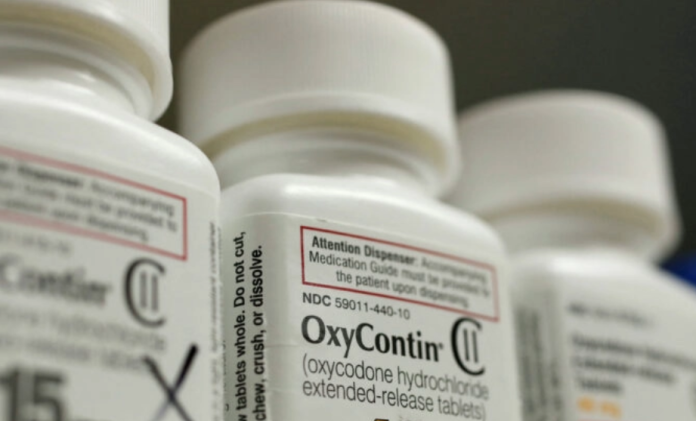The United States has the highest rate of overdose deaths in the world by a substantial margin, according to a Jan. 9 report by the nonprofit Commonwealth Fund.
It ranked last on a list of 31 countries and one U.S. territory, ordered by overdose death rates from lowest to highest, with 324 deaths per 1 million people in 2022. Puerto Rico was not included in the U.S. total. The U.S. territory had 246 deaths per 1 million that year, ranking just above the United States, in the report.
Scotland had the third-highest overdose mortality rate, with 219 deaths per 1 million in 2022, followed by Canada at 193 deaths, although both countries have seen declines in overdose death rates from 2021 to 2022.
The report noted that 100,000 Americans died by overdose in 2023, according to provisional CDC data.
According to the report, the U.S. approach to reducing overdose deaths is fragmented compared to other countries, citing the varying policies on access to medication and treatment programs across states.
“In the U.S., harm-reduction policies and practices are fragmented—meaning they differ state to state—making it challenging to prevent overdose deaths from a national angle,” it stated.
Some 109 countries have implemented harm-reduction policies as of 2023, but such policies remain limited in the United States, despite their critical role in reducing overdose deaths, the report stated.
The report highlighted that access to naloxone, an opioid-overdose antidote, varies across states in the United States, with some states allowing individuals to administer the medication themselves after getting a prescription, while others permit only medical personnel to administer naloxone. It noted that some individuals who need naloxone may be unable to afford it, indicating the need to ensure the medication’s availability.
Emerging trends such as polysubstance use—where more than one drug is used—and the rise of new substances have also posed challenges to efforts to reduce overdose deaths in the United States.
The report stated that xylazine, which can be lethal when combined with fentanyl, has become a prevalent cause of overdose deaths in the United States, particularly in southern states.
“In a study of 20 states and Washington D.C., there was an almost fourfold increase in xylazine being found in deaths involving illegally made fentanyl between 2019 and 2022,” it stated.
Syringe services programs remain illegal in several states, despite their role in lowering the risk of overdose deaths, the report found.
The report’s author, Commonwealth Fund research associate Evan D. Gumas, said that such programs could help reduce disease transmission, improve cessation of drug use, reduce injection as the primary route of drug consumption, and improve access to drug treatment services.






















